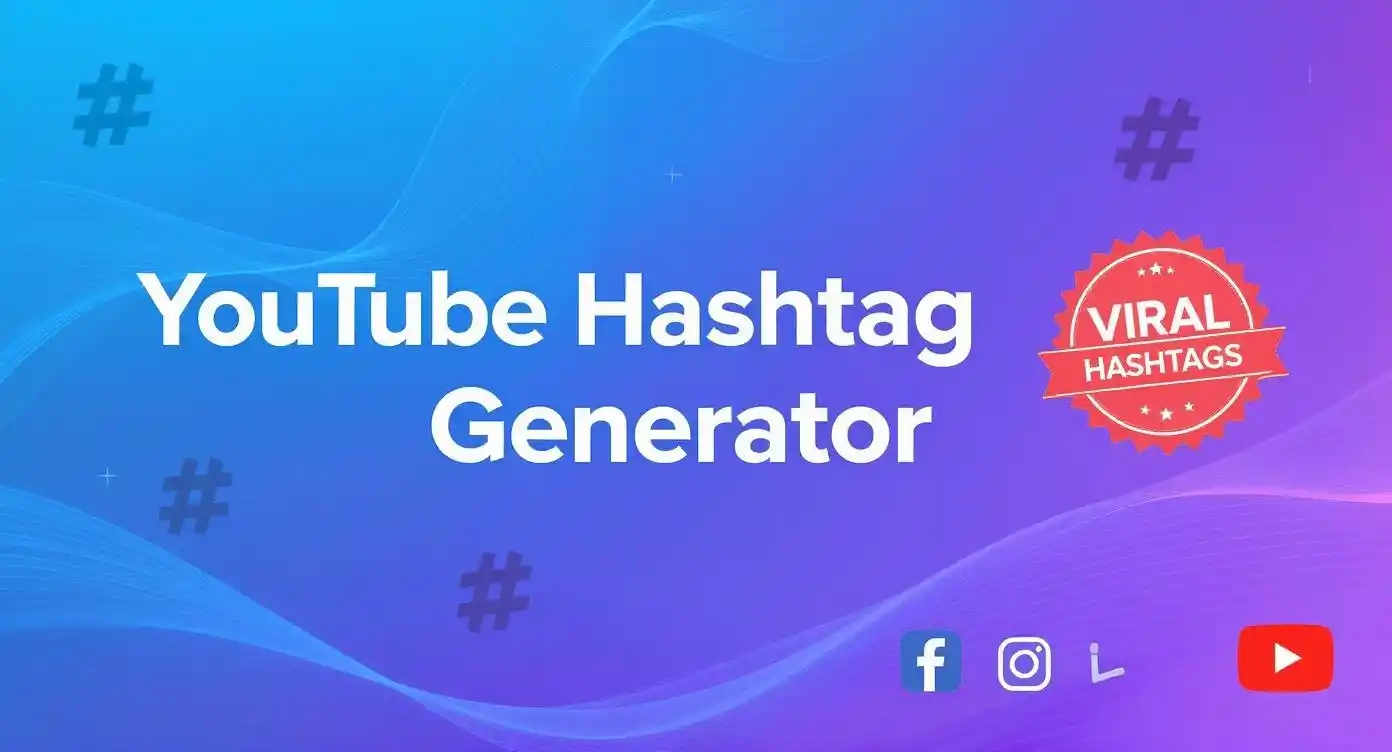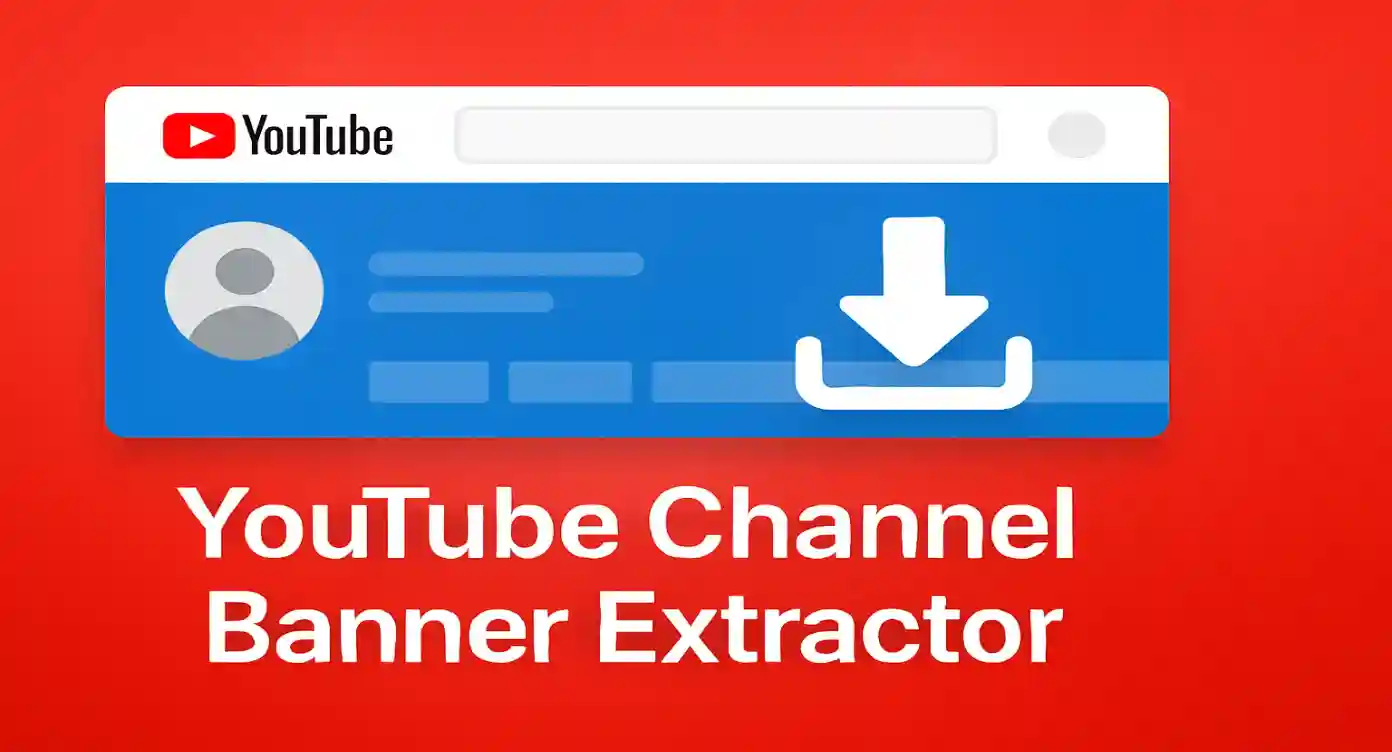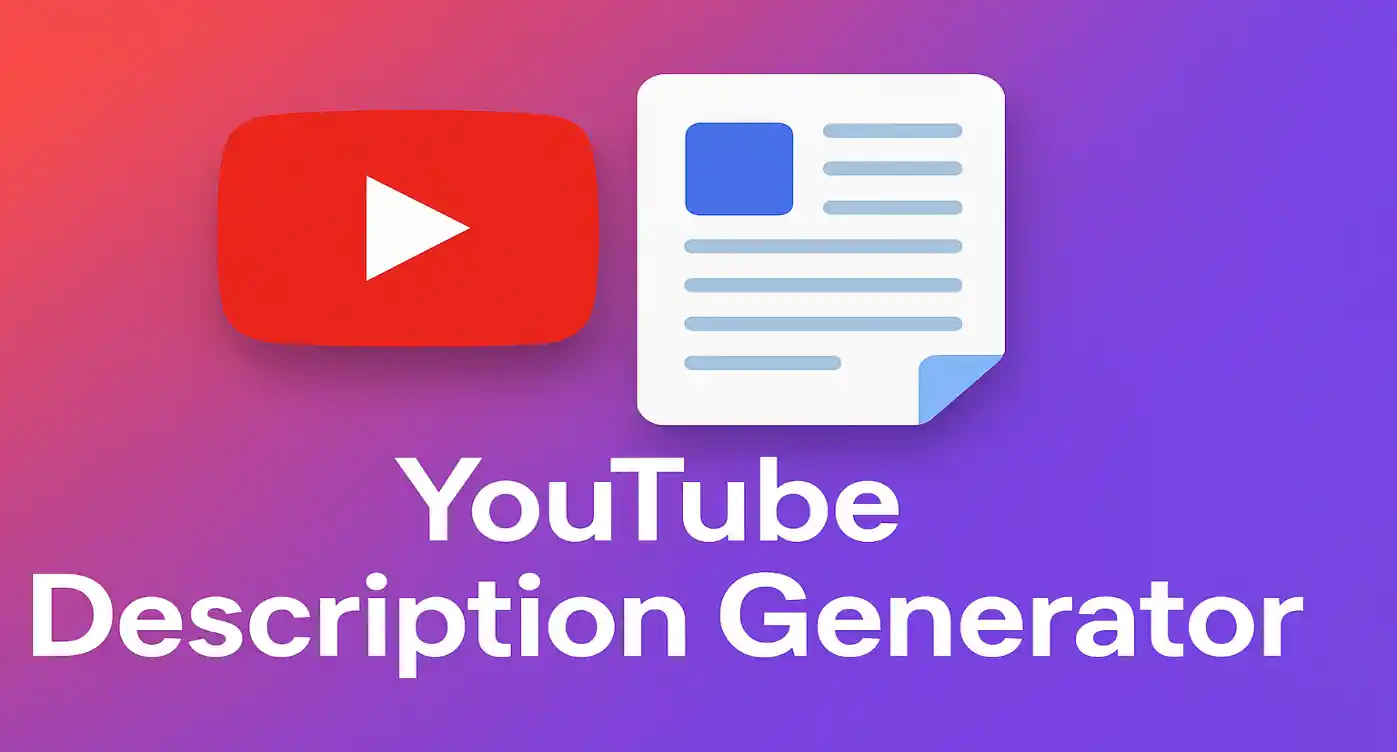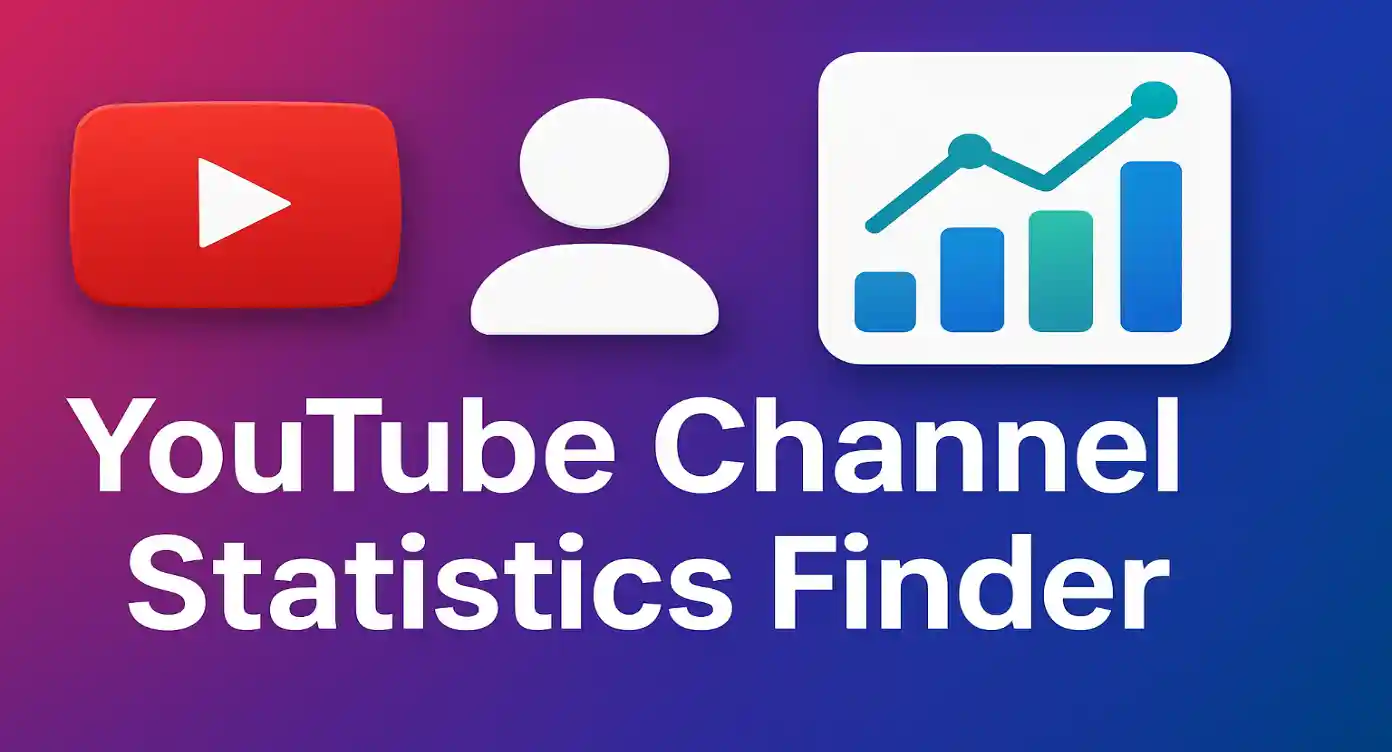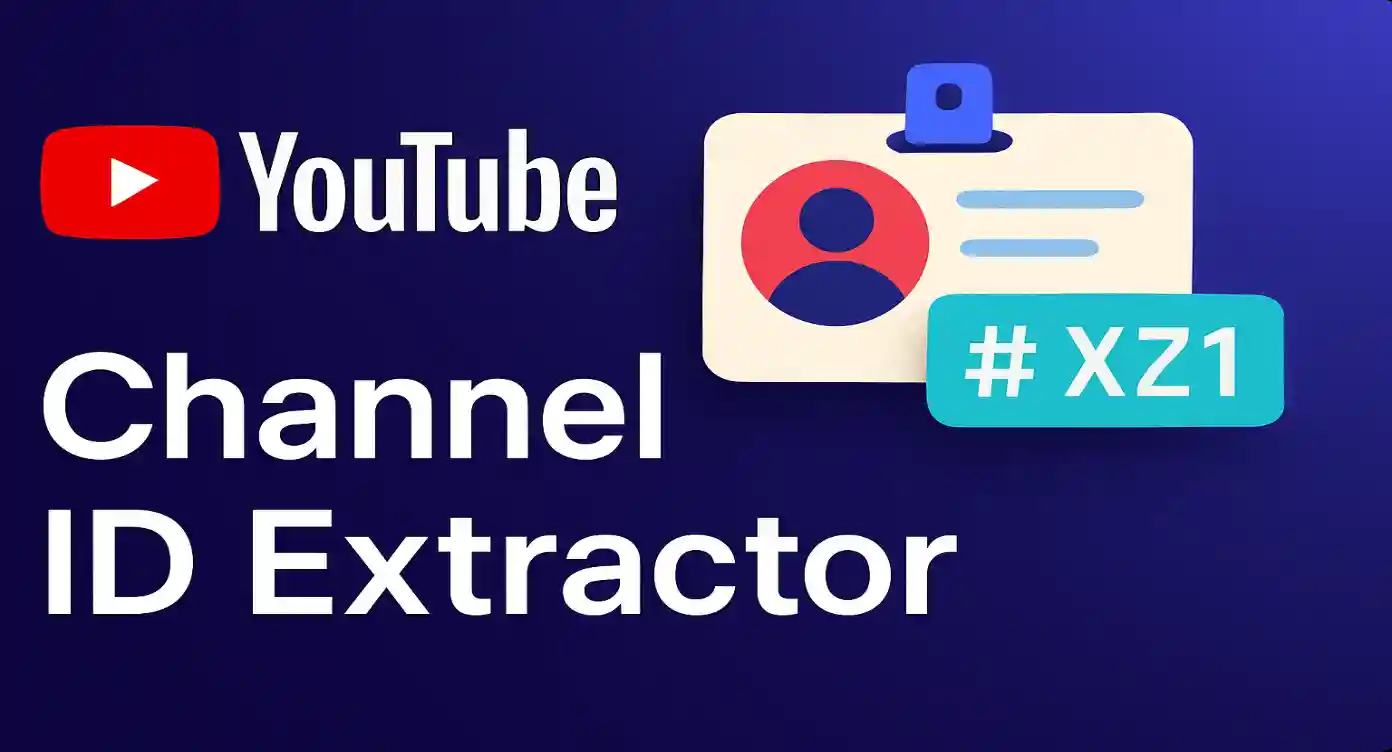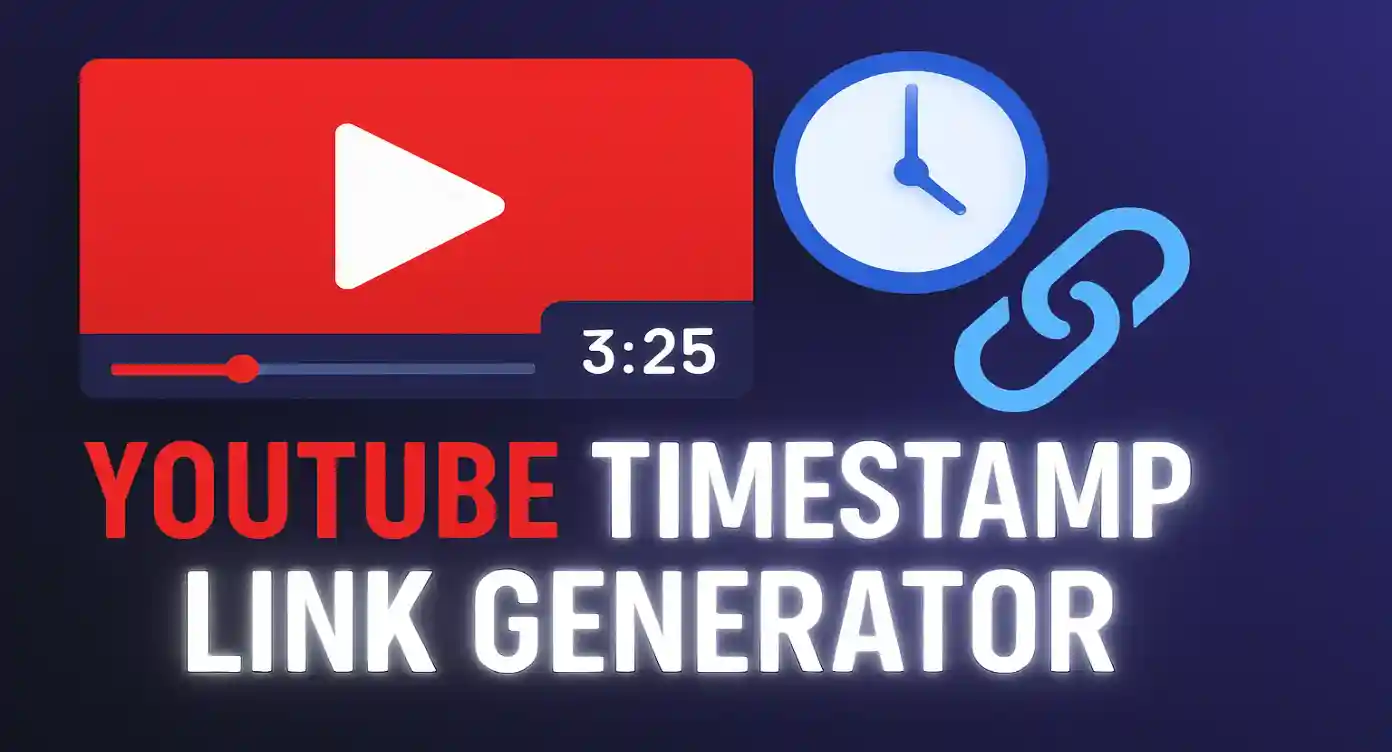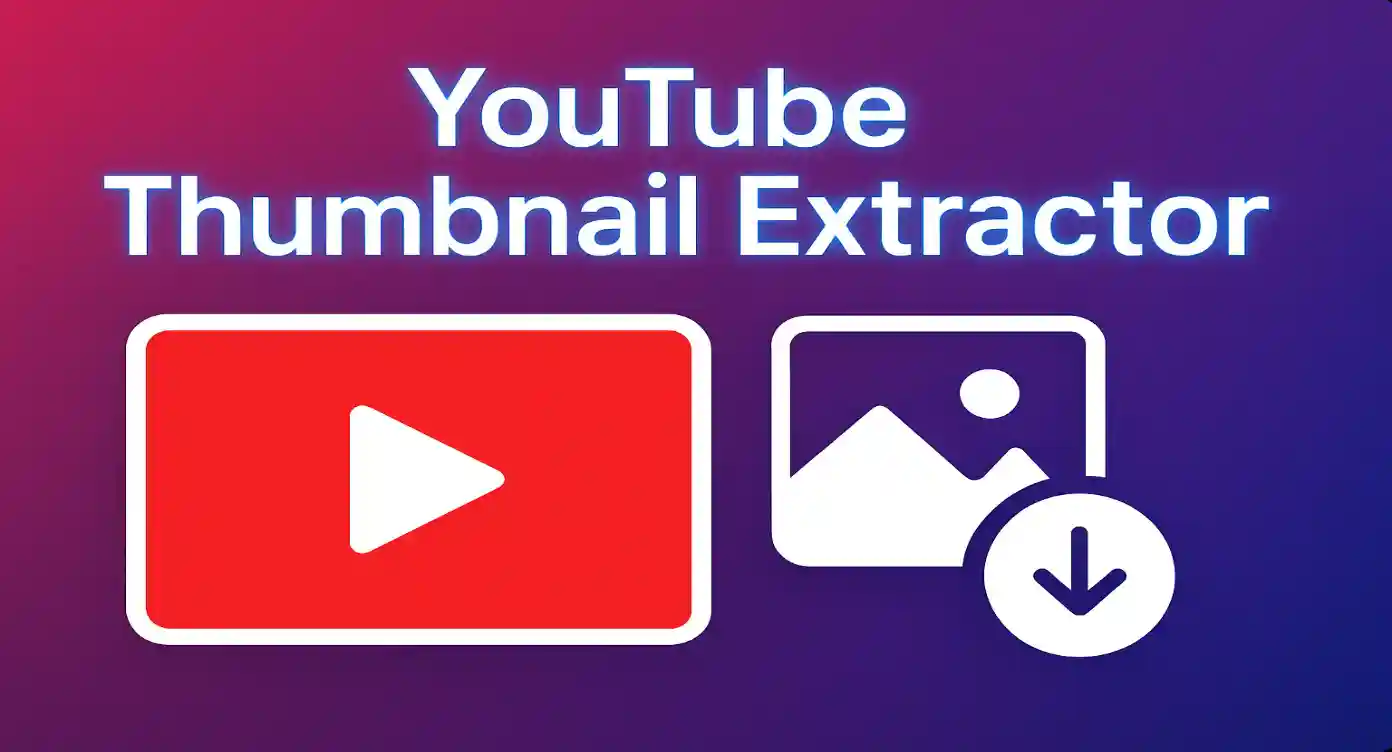Video Details
Generated Description
Your YouTube Description
Suggested Hashtags
Your AI-generated description will appear here
Complete Guide to YouTube Description Optimization
Why YouTube Descriptions Matter More Than You Think
YouTube descriptions are far more than simple text boxes—they're powerful tools that can dramatically impact your video's success. In today's competitive landscape, where over 500 hours of content are uploaded to YouTube every minute, a well-crafted description can be the difference between your video being discovered or lost in the digital void.
The YouTube algorithm uses description content as a primary ranking factor, analyzing the text to understand your video's context, relevance, and target audience. This understanding directly influences where your video appears in search results, suggested videos, and even on the trending page. Videos with optimized descriptions receive 50% more views on average compared to those with basic or minimal descriptions.
Beyond algorithmic benefits, descriptions serve as your video's sales pitch to potential viewers. When users find your video through search, the description preview helps them decide whether to click and watch. A compelling description that clearly communicates value, includes relevant keywords, and addresses viewer pain points significantly improves click-through rates and audience retention.
Key Statistics on YouTube Description Impact
- Videos with detailed descriptions receive 35% more engagement
- Proper keyword placement can improve search ranking by up to 200%
- Descriptions with clear calls-to-action see 25% higher subscription rates
Essential Elements of High-Converting YouTube Descriptions
Creating effective YouTube descriptions requires understanding and implementing several critical elements that work together to maximize your video's potential. Each component serves a specific purpose in the viewer journey and algorithmic optimization process.
Opening Hook (First 125 Characters)
The opening lines appear in search results and serve as your elevator pitch. This critical space should immediately communicate your video's value proposition and include primary keywords naturally.
Detailed Video Summary
Provide comprehensive information about your video's content, including key topics covered, learning outcomes, and what makes your content unique compared to similar videos.
The middle section of your description should expand on your video's content while maintaining readability and engagement. This is where you can include secondary keywords, related topics, and provide context that helps both viewers and the algorithm understand your content's depth and relevance.
Pro Tip: The 3-Layer Description Structure
- Layer 1: Hook and primary value proposition (0-125 characters)
- Layer 2: Detailed content overview and benefits (125-500 characters)
- Layer 3: Additional resources, links, and calls-to-action (500+ characters)
Timestamps are increasingly valuable for longer videos, improving user experience and providing additional keyword opportunities. Include chapter markers with descriptive titles that incorporate relevant keywords while accurately representing each section's content.
Advanced SEO Strategies for YouTube Description Optimization
YouTube SEO operates on principles similar to traditional search engine optimization but with unique considerations for video content. Understanding these nuances enables creators to leverage descriptions as powerful ranking tools that improve discoverability across both YouTube and Google search results.
Strategic Keyword Placement and Density
Effective keyword integration requires balancing optimization with natural language flow. The most impactful placement occurs within the first 125 characters, where search algorithms assign highest weight. However, keyword stuffing can harm rankings and user experience, making strategic distribution essential.
| Description Section | Keyword Density | Best Practices |
|---|---|---|
| Opening (0-125 chars) | 2-3% | Include primary keyword naturally |
| Main Body (125-500 chars) | 1-2% | Mix primary and secondary keywords |
| Extended (500+ chars) | 0.5-1% | Long-tail keywords and variations |
Semantic Keyword Integration
YouTube's algorithm understands context and semantic relationships between words, making it crucial to include related terms and synonyms naturally throughout your description. This approach helps your video rank for various related search queries while avoiding over-optimization penalties.
Latent Semantic Indexing (LSI) keywords play a vital role in YouTube description optimization. These contextually related terms help the algorithm understand your content's topic comprehensively. For example, a video about "digital marketing" should include related terms like "online advertising," "social media strategy," "content marketing," and "conversion optimization."
Advanced SEO Checklist
- Primary keyword in first 25 words
- 2-3 secondary keywords naturally distributed
- Location-based keywords for local content
- Trending topic integration where relevant
- Competitor analysis for keyword gaps
Mastering Keyword Research for YouTube Success
Effective keyword research forms the foundation of successful YouTube description optimization. Unlike traditional SEO, YouTube keyword research requires understanding both search behavior and video consumption patterns, making it essential to employ specialized strategies and tools designed for video content discovery.
Understanding YouTube Search Intent
YouTube users exhibit different search behaviors compared to traditional Google searches. They're often looking for visual explanations, tutorials, entertainment, or solutions to specific problems. Understanding these intent patterns helps identify high-value keywords that align with your content and audience needs.
Educational Intent
Keywords like "how to," "tutorial," "guide," "learn," and "explained" indicate users seeking knowledge and step-by-step instructions.
Entertainment Intent
Terms including "funny," "reaction," "compilation," "best," and "top 10" suggest users seeking entertainment and engagement.
Commercial Intent
Keywords with "review," "comparison," "best," "buy," and "vs" indicate purchase consideration and product research.
Professional Keyword Research Tools and Techniques
Successful YouTube creators combine multiple research methods to identify high-potential keywords. This comprehensive approach includes analyzing competitor content, leveraging YouTube's native features, and using specialized tools to uncover hidden opportunities.
YouTube's autocomplete feature provides valuable insights into popular search queries. By typing your base keyword and observing suggestions, you can discover long-tail variations that might have lower competition but high relevance to your content. This technique reveals actual user search patterns rather than theoretical keyword volumes.
Keyword Research Workflow
- 1. Brainstorm: List core topics and themes related to your content
- 2. Expand: Use YouTube autocomplete to find related searches
- 3. Analyze: Check competitor descriptions for keyword insights
- 4. Validate: Assess search volume and competition levels
- 5. Organize: Categorize keywords by intent and priority
Long-tail Keyword Strategy for YouTube
Long-tail keywords represent 70% of all YouTube searches and offer creators significant opportunities for ranking and discovery. These multi-word phrases typically have lower competition, higher conversion rates, and more specific search intent, making them ideal for targeted content creation and optimization.
The key to effective long-tail keyword integration lies in natural language processing understanding. Instead of forcing awkward keyword phrases into descriptions, focus on creating conversational content that naturally incorporates these terms while providing genuine value to readers and viewers.
Strategic Hashtag Implementation for Maximum Reach
Hashtags on YouTube serve as powerful discovery tools that can significantly expand your content's reach beyond traditional search algorithms. When implemented strategically, hashtags create additional pathways for viewers to find your content while providing context clues that help YouTube's recommendation system understand and categorize your videos more effectively.
Understanding YouTube's Hashtag Algorithm
YouTube's hashtag system operates differently from other social media platforms, focusing on relevance and user behavior patterns rather than pure popularity. The platform allows up to 15 hashtags per video, but optimal performance typically occurs with 3-5 highly relevant tags that accurately represent your content's core themes and target audience interests.
Trending Hashtags Strategy
Monitor trending hashtags in your niche and incorporate relevant ones into your content strategy. However, only use trending tags that genuinely relate to your video content to maintain authenticity and avoid penalties.
Niche-Specific Hashtags
Develop a collection of niche-specific hashtags that consistently represent your content category. These tags help build community and ensure your videos reach dedicated audience segments interested in your topic area.
Balancing Popular and Niche Hashtags
Effective hashtag strategy requires balancing broad appeal with targeted specificity. Popular hashtags offer massive potential reach but face intense competition, while niche hashtags provide more focused audiences with higher engagement rates but limited scale.
The optimal hashtag mix typically includes one or two broad category tags, two to three medium-competition tags specific to your content theme, and one highly targeted long-tail hashtag that describes your unique angle or approach. This combination maximizes both discovery potential and audience relevance.
| Hashtag Type | Usage Volume | Competition Level | Recommended Count |
|---|---|---|---|
| Broad Category | 1M+ uses | Very High | 1-2 tags |
| Medium Competition | 100K-1M uses | Medium | 2-3 tags |
| Niche Specific | 10K-100K uses | Low-Medium | 2-3 tags |
| Long-tail | <10K uses | Low | 1 tag |
Hashtag Best Practices
- Research hashtag performance before implementation
- Maintain consistency across similar content types
- Monitor hashtag analytics and adjust strategy accordingly
- Avoid banned or shadowbanned hashtags
- Create branded hashtags for series or channel identity
Professional Description Formatting for Enhanced Readability
Proper formatting transforms cluttered text walls into scannable, engaging content that viewers actually read and interact with. Professional description formatting not only improves user experience but also helps YouTube's algorithm better understand and categorize your content, leading to improved search rankings and suggested video placements.
Visual Hierarchy and Readability Optimization
Creating visual hierarchy in YouTube descriptions requires strategic use of spacing, capitalization, and special characters since traditional HTML formatting isn't available. Effective descriptions use line breaks, bullet points, and section headers to guide readers through information logically and maintain engagement throughout the entire description.
Example: Well-Formatted Description Structure
Strategic Link Placement and Call-to-Action Integration
Link placement within descriptions significantly impacts click-through rates and subscriber growth. The most effective descriptions place primary calls-to-action early in the description while organizing supplementary links in clearly marked sections that don't disrupt the main content flow.
YouTube allows clickable links in descriptions, but only the first few lines are visible without expanding. This makes early link placement crucial for driving traffic to your website, other videos, or promotional content. However, balance is essential—too many links can appear spammy and detract from the description's primary purpose.
Effective Formatting Do's
- Use emojis strategically for visual breaks
- Include timestamps for longer videos
- Group related information together
- Use consistent formatting patterns
- Include clear section headers
Common Formatting Mistakes
- Wall of text without breaks
- Excessive capitalization
- Too many emojis or special characters
- Inconsistent spacing patterns
- Burying important information
Mobile-Optimized Description Design
Over 70% of YouTube watch time occurs on mobile devices, making mobile-optimized descriptions essential for user engagement. Mobile screens display fewer characters per line and truncate descriptions more aggressively, requiring careful consideration of information hierarchy and formatting choices.
Mobile-optimized descriptions prioritize concise, impactful opening lines that work effectively within character constraints. They use shorter paragraphs, more frequent line breaks, and strategically placed emojis to create visual interest and improve readability on smaller screens.
Mobile Formatting Checklist
- Hook within first 2 lines
- Short paragraphs (2-3 sentences)
- Clear section breaks
- Essential links early
- Scannable formatting
- Concise language
Analytics and Performance Tracking for YouTube Descriptions
Measuring the effectiveness of your YouTube descriptions requires understanding key performance indicators that reflect both discovery and engagement success. YouTube Analytics provides valuable insights into how descriptions influence video performance, from search impressions to click-through rates and average view duration.
Click-through rate (CTR) serves as a primary indicator of description effectiveness, measuring how often viewers choose to watch your video after seeing it in search results or suggestions. Videos with optimized descriptions typically see CTR improvements of 15-25% compared to basic descriptions, directly correlating with increased views and channel growth.
Traffic source analytics reveal how viewers discover your content, with "YouTube search" and "Suggested videos" being key metrics influenced by description optimization. Videos with comprehensive, keyword-rich descriptions receive 40% more traffic from these sources compared to minimally described content.
Key Metrics to Monitor
- Search impression volume
- Click-through rate
- Average view duration
- Subscriber conversion rate
- Social sharing frequency
- Comment engagement levels
Community Building Through Strategic Description Content
YouTube descriptions offer unique opportunities for community building that extend beyond simple video promotion. Creators who leverage descriptions for community engagement see 35% higher comment rates and 50% more subscriber loyalty compared to those who use descriptions purely for SEO purposes.
Effective community building through descriptions involves creating conversation starters, asking specific questions related to video content, and providing additional value that encourages viewers to engage with both the video and channel ecosystem. This approach transforms passive viewers into active community members.
Social proof elements within descriptions, such as testimonials, community milestones, and user-generated content mentions, significantly impact viewer perception and engagement decisions. Descriptions that incorporate community achievements and viewer contributions create stronger emotional connections and encourage continued participation.
Future Trends in YouTube Description Optimization
The landscape of YouTube description optimization continues evolving with advancing AI technologies and changing user behaviors. Voice search optimization is becoming increasingly important as more users discover content through voice commands on smart devices and mobile assistants.
YouTube's integration with Google's broader search ecosystem means descriptions now influence video appearance in regular Google search results, expanding the potential audience reach beyond traditional YouTube discovery methods. This cross-platform visibility makes comprehensive description optimization more valuable than ever.
Emerging trends include conversational keyword optimization, where descriptions mirror natural speech patterns to align with voice search queries. Additionally, YouTube's improving semantic understanding means contextual relevance increasingly outweighs keyword density in ranking algorithms.
Frequently Asked Questions
How long should a YouTube description be?
YouTube descriptions can be up to 5,000 characters long, but the optimal length depends on your content type and audience. For most videos, 200-400 words provide sufficient space for SEO optimization while maintaining readability. Educational content may benefit from longer descriptions (400-800 words) that include detailed explanations and resources.
What's the difference between tags and hashtags on YouTube?
YouTube tags are hidden metadata that help the algorithm understand your content's topic and context, while hashtags are visible to viewers and create clickable links to related content. Tags can be up to 500 characters total, while you can use up to 15 hashtags per video. Both serve different purposes in content discovery and should be used strategically together.
Can I update descriptions after publishing without hurting performance?
Yes, updating descriptions after publishing is not only safe but often beneficial for improving SEO performance. YouTube re-crawls updated descriptions and can improve rankings if you add relevant keywords or better formatting. However, avoid making frequent major changes, as consistency helps build algorithmic trust.
Should I include timestamps in my YouTube descriptions?
Timestamps significantly improve user experience and can boost your video's SEO performance. They help viewers navigate longer content, improve watch time metrics, and provide additional keyword opportunities. YouTube also uses timestamps to create automatic chapters, enhancing discoverability and viewer engagement.
How many links should I include in YouTube descriptions?
Include 3-5 relevant links maximum to avoid appearing spammy. Prioritize your most important links (website, social media, related videos) in the first few lines since these are visible without expanding the description. Too many links can dilute their effectiveness and may negatively impact user experience.
Do YouTube descriptions affect video rankings on Google?
Yes, YouTube descriptions can influence how your videos appear in Google search results. Google indexes YouTube descriptions and uses them to understand video content relevance. Well-optimized descriptions with relevant keywords can help your videos rank in both YouTube and Google search, expanding your potential audience reach.
What's the best way to research keywords for YouTube descriptions?
Start with YouTube's autocomplete feature by typing your main topic and noting suggested searches. Analyze successful competitors' descriptions for keyword ideas. Use tools like YouTube Analytics to see what search terms bring traffic to your existing videos. Focus on long-tail keywords that match your content's specific value proposition.



